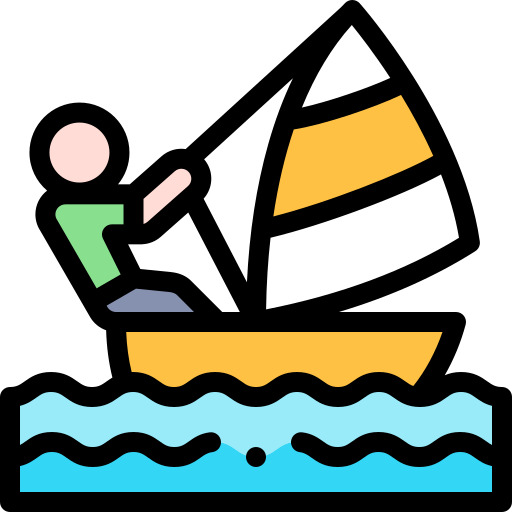Assessing boat stability and handling before making a purchase is crucial for ensuring safety, performance, and overall enjoyment on the water. Stability refers to the boat’s ability to resist tipping and return to an upright position after being leaned or rocked, while handling encompasses how well a boat responds to steering inputs and manages waves and currents. Here, we delve into various factors and methods that prospective boat buyers should consider to properly assess these vital components.
Understanding Boat Stability
Boat stability can be classified into two main types: initial stability and dynamic stability.
Initial Stability
This type of stability determines how well a boat resists tipping over when at rest or in calm waters. A boat with high initial stability will feel stable even when leaned over slightly. Factors influencing initial stability include:
- Hull Shape: The design of the hull plays a major role. Flat-bottomed boats, for example, generally have more initial stability compared to round-bottomed designs.
- Beam Width: A wider beam increases stability as it lowers the center of gravity while increasing the boat’s overall footprint in the water.
Dynamic Stability
Dynamic stability comes into play when the boat is in motion or when it encounters waves. It describes the boat’s ability to handle forces from movement and external conditions. Important factors include:
- Keel Design: A deep or weighted keel can significantly enhance a boat’s dynamic stability by providing a lower center of gravity and better lateral resistance.
- Weight Distribution: Equally distributing weight can help prevent excessive heeling (tilting) when sailing or maneuvering.
Handling Characteristics
Boat handling involves how responsive and maneuverable a boat is during operation. Assessing handling is essential, especially for those intending to navigate challenging waters.
Steering Responsiveness
Steering responsiveness is critical when evaluating a vessel. A quick and precise response to steering inputs enhances safety and comfort. Test the boat by:
- Turning the wheel or helm sharply and observing how quickly the boat reacts.
- Assessing how easily the boat maintains its intended path.
Trim and List Dynamics
Trim refers to the fore-and-aft balance of the boat, while list denotes side-to-side balance. An optimal trim allows for efficient speed and fuel consumption. When assessing a boat’s trim and list:
- Observe how the boat sits in the water—should remain level and not favor the bow or stern.
- Test various load distributions to confirm the boat’s ability to adjust and achieve optimal trim.
Practical Assessment Methods
Before finalizing a boat purchase, practical assessments are essential to understand the vessel’s stability and handling under real conditions.
Sea Trials
The most effective way to assess stability and handling is by conducting a sea trial. This process involves:
- Requesting a test ride with varying speeds and maneuvers, including sharp turns, sudden stops, and acceleration.
- Evaluating how the boat behaves in diverse water conditions (calm, choppy, or tidal).
Weight Testing
Bringing along varying weights during a sea trial can help gauge how stability and maneuverability change with different loads. Ideally, attempt to replicate real-life scenarios such as:
- A full load of passengers and equipment.
- An uneven weight distribution, as might occur with gear placement.
Analyzing Boat Specifications
Beyond hands-on testing, examining the boat’s specifications provides insightful data about its stability and handling potential. Key specifications to consider include:
| Specification | What to Look For |
|---|---|
| Beam | Wider beams generally indicate better stability. |
| Hull Type | Identify designs that suit your intended use (e.g., V-hull, flat-bottom). |
| Displacement | Heavier boats often offer more stability but can be less maneuverable. |
| Keel Configuration | A weighted or deep keel enhances both stability and handling. |
Consulting Experienced Owners and Professionals
Engaging with current boat owners or industry professionals can provide invaluable insights regarding a specific model’s stability and handling. Questions can include:
- What has been their experience with stability in rough conditions?
- How easy is it to maneuver the boat in tight situations?
Conclusion
Assessing boat stability and handling before purchasing involves a combination of understanding design fundamentals, practical testing, and thorough analysis of specifications. By engaging in sea trials, analyzing weight distribution, and consulting experienced individuals, prospective buyers can ensure they make informed decisions that enhance safety and enjoyment while navigating their chosen waterways.
